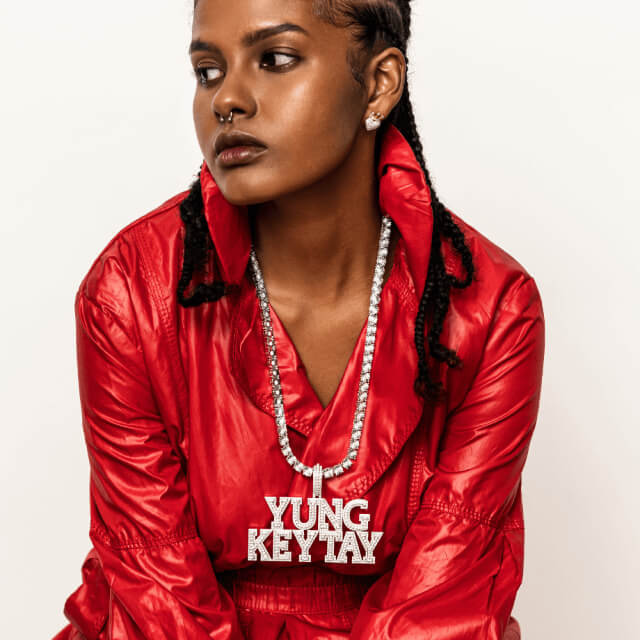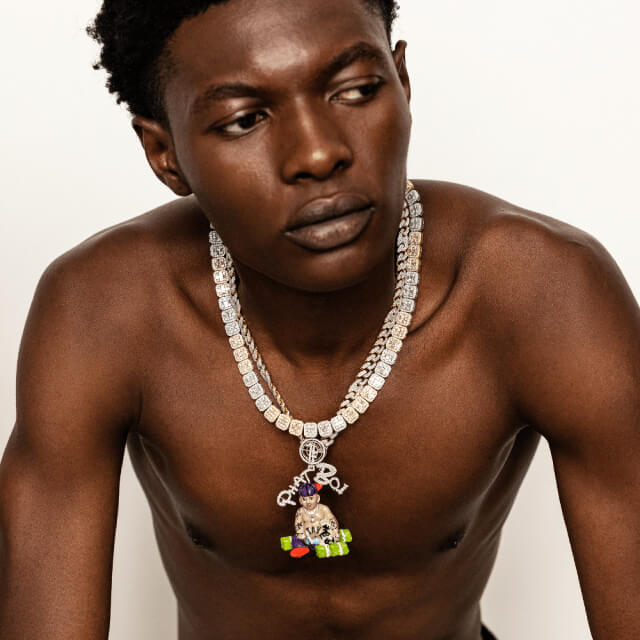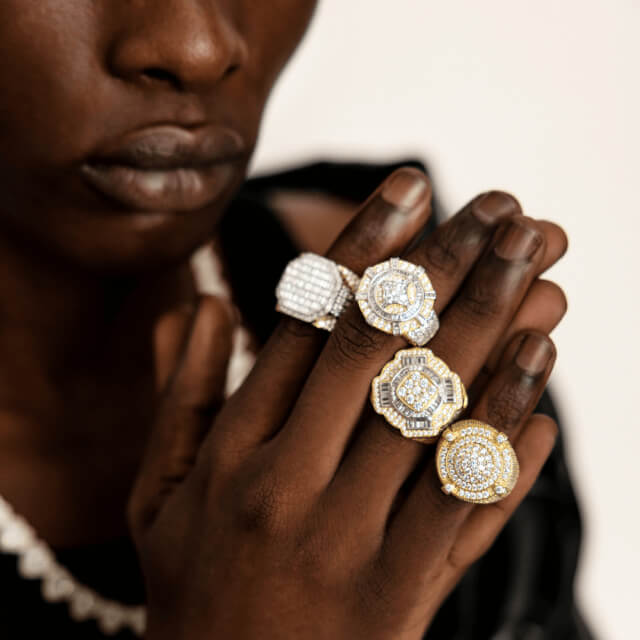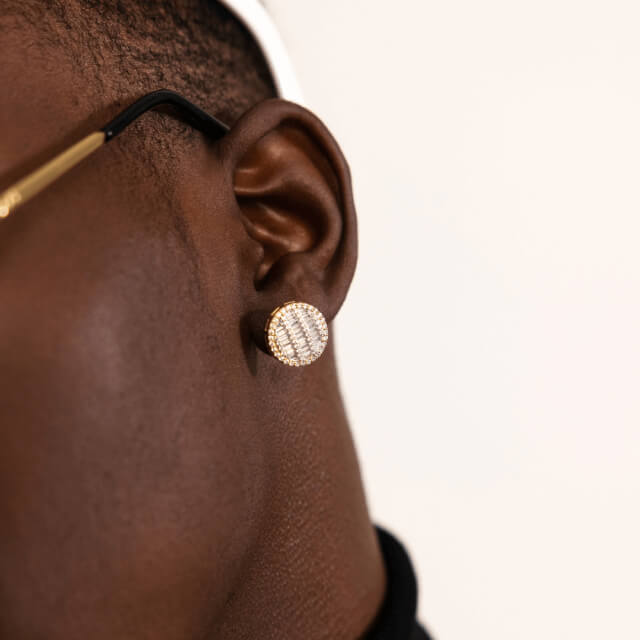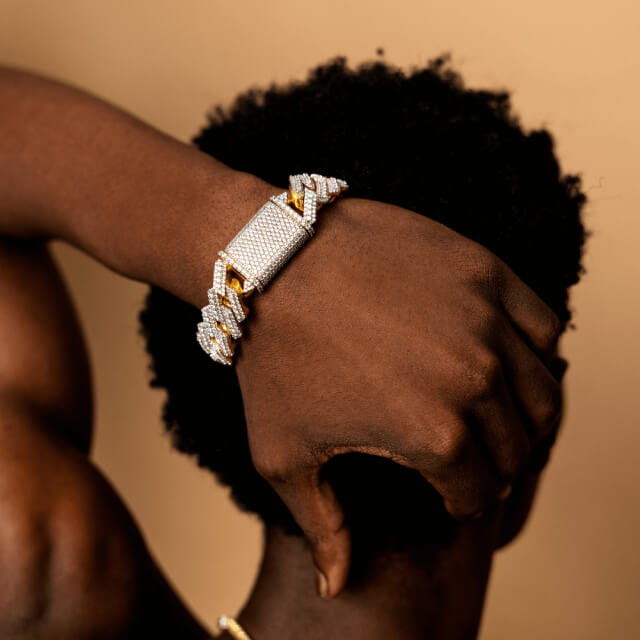How Much Does A Diamond Pendant Cost | Buying Guide
Basic Intro on Diamond Pendant
After diamond rings, diamond pendants are commonly used to symbolize love and eternity.
With so many options and prices available on the internet, there is a need for proper knowledge about the types of diamond pendants and how much a diamond pendant costs.
Here is the guide for a diamond pendant
What is a diamond pendant?
It is a piece of jewelry with a diamond that hangs around the neck through the support of a necklace.
One common confusion is whether a diamond pendant and a solitaire pendant are identical.
A solitaire pendant is a necklace with a solitary (meaning only one gemstone); even though it has only one rock, the setting around the stone can vary. Many gems are used for solitaire pendants, like rubies, sapphires, emeralds, or pearls, but diamond is the most common gemstone used in solitaire pendants.
While diamond pendants can have more than one diamond, so in short, all solitaire (diamond) pendants can be counted as diamond pendants but all diamond pendants cannot be counted as solitaire (diamond) pendants.
Diamond pendants are elegant and versatile. A right diamond pendant can be a good investment as it can be worn on any look from casual to occasional - for an extended period.
Diamond pendants are sophisticated and timeless in design. Although they come under classic designs, so many variations are available to make the design uniquely yours.
3 Factors affect the cost of a diamond pendant
There are mainly three factors that affect the cost of a diamond pendant
- The type and the number of diamonds
- The setting of the diamond
- The metal used
Let's look at each one of them individually…
The type and the number of diamonds impact the pendant's cost
The kind of diamond/s can be further divided into two parts…
- Shape
- Quality
Shapes of diamonds matter the most in pendants
There are so many different shapes of diamonds to choose from, and each form represents various styles, for example…
- Round (classic, elegant, the most popular shape)
- Princess (contemporary, trendy, angelic)
- Cushion (vintage-inspired, sophisticated, graceful)
- Emerald (retro, bold, glamorous)
- Radiant (fiery, diva, proactive)
- Asscher (balanced, vintage, creative)
- Marquise (joyful, dramatic, moving)
- Pear (chic, unique, gentle)
- Oval (trendy, elegant, delicate)
The quality of diamonds matters the most in pendants
After deciding the shape, the next is to decide the quality of the diamond.
There are 4C's which determine the quality of any diamond
- Cut - Determines how well the diamond was cut. Better cut means better sparkle.
- Color - Determines how colorless the white diamond is. It ranges from D to Z, where D is entirely colorless.
- Clarity - Determines how flawless the diamond is. More clarity grading means fewer flaws.
- Carat - Determines the weight of the diamond. It gives an idea of how large the diamond is.
The quality of the diamond is subjective; it depends on the taste of the person wearing it; some like small but clear diamonds, some prefer carat over clarity, and some prefer cut over everything else.
The better, Cut, Color, Clarity, and Carat you select; accordingly, the pendant will get costlier.
There are different annotations for denoting the 4Cs
The number of diamonds adds to or decreases the cost of a pendant
- As the number of diamonds increases, the effect of that will be directly reflected in how much the diamond pendant costs…
The setting of the diamond impacts the cost of a pendant
A diamond is a precious and fragile stone; the diamond's setting is also as important as deciding the quality and shape of the diamond, if not more. The proper setting will ensure how the diamond will look and stay perfectly fit for years to come.
There are a lot of different settings out there; for example
- Claw/Prong
- Bezel/Rub-over
- Cluster
- Halo
- Channel
Each setting is different, and they cost differently depending on the complexity of the work.
The metal you use affects the diamond pendant's cost
The last factor that affects the price of a diamond pendant is the metal used.
Whether it is gold, silver, or platinum, each metal comes with its cost.
Here are some examples explaining the direct role of the type and number of diamonds, setting, and the metal chosen, on the price of the diamond pendant:
|
Name and Photo of the Pendant |
|
|
|
|
|
Type and Weight of the Metal |
14K Gold |
14K Gold |
14K Gold |
10K Gold |
|
9.3 gram |
1.85 gram |
2.3 gram |
4.3 gram |
|
|
Type of the Diamonds |
VSGH |
VSGH |
VSGH |
VSGH |
|
Weight of the Diamonds |
0.41 Ct |
0.2 Ct |
0.42 Ct |
0.44 Ct |
|
Number of Diamonds |
125 |
47 |
76 |
235 |
|
Price |
$1,049 |
$349 |
$459 |
$649 |
|
Shape |
Complex |
Moderately Complex |
Comparatively Simple |
Moderately Complex |
As we can see, here one thing is common in every pendant is the type of diamond (VSGH means Very Slightly Included Clarity with Near Colorless Diamonds)
And almost all pendants are 14K Gold, and one is 10K Gold.
The difference is in the amount of gold used, the number of diamonds, the weight of diamonds, and the complexity of the shape of the pendant.
The cheapest is the Dripping heart; the reasons are less gold, fewer diamonds, and lightweight diamonds.
Although the Luxe Cross pendant has the most straightforward design, it costs more than the dripping heart because of the weight of diamonds and the number of diamonds.
Now, when we compare the Spooky G pendant and the Gemmed Cherub pendant, Spooky G has more diamonds, and the weight of the diamond is also a little bit more. Still, because of the complex design and the amount of metal used, Gemmed Cherub pendant is almost double the price of the Spooky G pendant.
These examples can clearly explain how each factor affects how much a diamond pendant costs.

